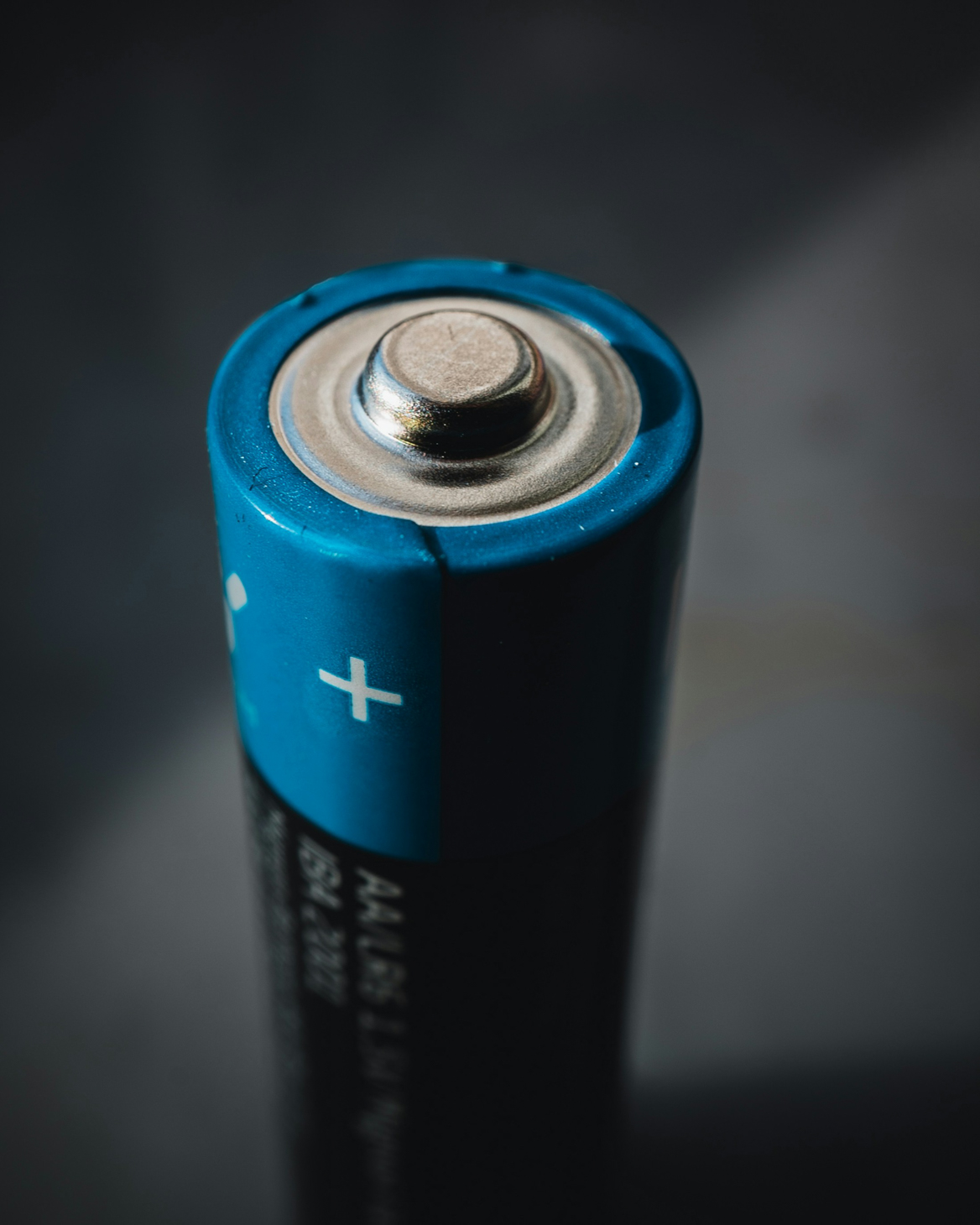Saving the Earth Starts With Building a Better Battery
Charging ahead.

All the effort to “electrify” our carbon-addicted world—billions poured into solar panels, wind turbines, and geothermal pipes; millions of kilometres of new copper wire laid down to upgrade aging power grids; political capital spent fighting over carbon taxes and decarbonization incentives—whether any of it works will come down to a technology most of us take for granted: the humble battery.
Slow to charge, heavy to transport, sensitive to temperature fluctuation, liable to degrade, and made of minerals that are expensive to find and extract, the lithium-ion batteries that form the foundation of the current clean energy revolution are in fact a frustratingly inefficient, surprisingly expensive, old-school technology that is holding back the adaptation of bigger, better ideas.
But perhaps not for long. Governments, universities, and high-tech startups are pouring big money into a new generation of battery tech. Many are working on swapping out pricey lithium for sodium. Such cells would be cheap to produce, quick to charge, and more stable in low temperatures while bypassing the need for cobalt, manganese, and a host of rare earth metals. McGill University is experimenting with combining cheap, abundant iron and silicon with lithium to boost battery performance while lowering costs. China’s Gotion High-Tech says its lithium-manganese-iron-phosphate automotive cell and battery packs, set to begin mass production this year, will deliver up to 1,000 kilometres of range on a single charge.
The holy grail of this high-tech quest, however, remains the solid-state battery, one that replaces the goo in the middle of a standard rechargeable cell with a solid electrolyte, thereby reducing weight, increasing capacity, boosting battery life, and lowering the likelihood of flare-ups. Toyota expects to outfit its vehicles with such batteries sometime in the next couple of years, while Chinese competitor BYD is targeting the end of 2024. In Canada, Hydro-Québec hopes to bring its design featuring a thin plastic electrolyte to market by 2027. Given their higher energy density and faster production time, such solid-state designs could eventually lower battery costs by up to 30 per cent.
In the end, the question is, can engineers find a way to improve not only the science of batteries but also the economics? And can we finally face the threat to the climate without creating a different one to our pocketbooks?




